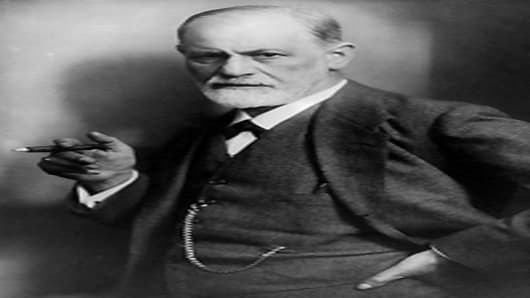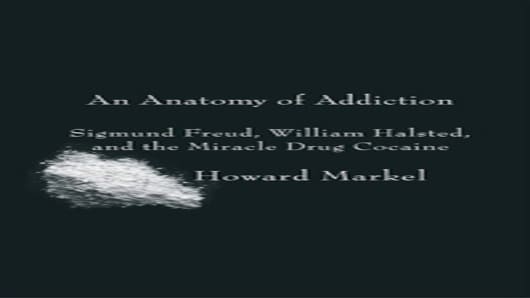For many people, the use of mind-altering drugs provides a brief, occasional reprieve from life’s psychic battles.
But, predictably, 5 to 10% of humankind will develop serious abuse problems after discovering their substance of choice.
As with many clichés, there are some elements of truth to the notion of an “addictive personality”; the claim that certain types of people are more likely to become addicts than others, such as those who enjoy taking risks, are hard-driving, perfectionists, or who have emotional difficulties enduring painful stimuli and delaying gratification.
But it is also important to note that more than half of all adults diagnosed with substance abuse problems simultaneously suffer from one or more mental health problems such as depression, mood disorders, or attention deficit disorder.
Furthermore, evidence is being uncovered each day demonstrating the genetic basis of addiction as well as a host of other mental illnesses. Imagine this susceptibility as four wheels of misfortune and risk: genetics; environment; mode of administration; and emotional or physical trauma. The addict’s luck runs out when spinning most or all four wheels.
In years past, historians have eagerly discounted Sigmund Freud and William Halsted’s “cocaine episodes” because they occurred accidentally, as if anyone becomes an addict on purpose. Such conclusions are only bolstered by their remarkable success in transforming modern psychology and medicine.
Yet, cocaine failed to make either man more productive, happier or smarter.
These two men often practiced medicine while under the influence and their most fallow professional years coincided with their most prodigious substance abuse. Each man confessed regret over the physical and emotional tolls cocaine exerted, the valuable time it consumed, and the harm its abuse inflicted on others.
Indeed, Freud’s and Halsted’s brilliance, social position, specialized knowledge, determination, and highly developed calls to duty hardly immunized them against addiction’s indiscriminate ravages. Their vulnerability to this disease testifies that the two intellectual giants were all too human.
Dr. Markel, a professor of medical history at the University of Michigan, is the author of "An Anatomy of Addiction: Sigmund Freud, William Halsted and the Miracle Drug Cocaine", which was just published by Pantheon Books.
Email me at bullishonbooks@cnbc.com — And follow me on Twitter @BullishonBooks



